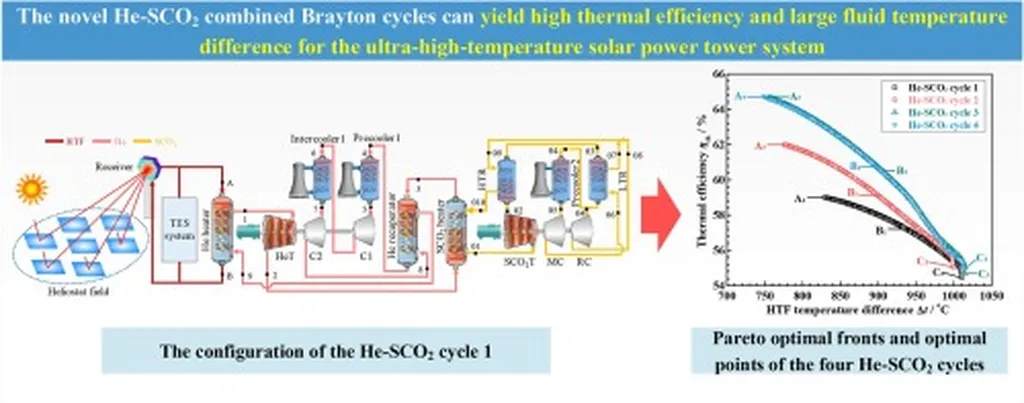In the pursuit of cleaner and more efficient energy production, researchers have been exploring the potential of supercritical carbon dioxide (sCO2) power cycles. These cycles offer a promising avenue for burning gaseous fuels under oxyfuel conditions, with the added benefit of inherent carbon capture. This means that the efficiency penalties typically associated with carbon capture and storage can be significantly reduced, allowing power plants to achieve efficiencies comparable to traditional fossil fuel plants without such measures.
However, the combustion processes within these sCO2 power cycles are not yet fully understood, particularly at high pressures and in large dilutions of CO2. To address this gap, researchers from the University of Sheffield have conducted a comprehensive study to evaluate and improve the chemical kinetic mechanisms that describe these combustion processes.
The study focused on four established chemical kinetic mechanisms, subjecting them to sensitivity and quantitative analysis across a range of conditions. The findings highlighted the crucial role of CH3O2 chemistry in accurately modeling methane combustion at pressures above 200 atm. This insight is vital for refining the mechanisms that underpin our understanding of combustion in sCO2 cycles.
The researchers developed a new chemical kinetic mechanism, dubbed the University of Sheffield (UoS) sCO2 mechanism, which demonstrated superior performance in modeling the ignition delay time (IDT) of high-pressure combustion in large CO2 dilutions. Through quantitative analysis, the UoS sCO2 mechanism was found to be the best fit for the greatest number of IDT datasets and exhibited the lowest average absolute error value. This indicates that the new mechanism outperforms the four existing mechanisms, which were previously well-validated for lower pressure conditions.
The relevance of this research to the energy sector is substantial. By improving our understanding and modeling of combustion processes in sCO2 power cycles, we can enhance the design and operation of these systems. This, in turn, can lead to more efficient and cleaner energy production, helping to meet the growing demand for sustainable power generation. The development of accurate chemical kinetic mechanisms is a critical step in advancing the deployment of sCO2 power cycles, which could play a significant role in the future energy landscape.
This research was published on arXiv and can be read in full [here](http://arxiv.org/abs/2203.05827v1).

